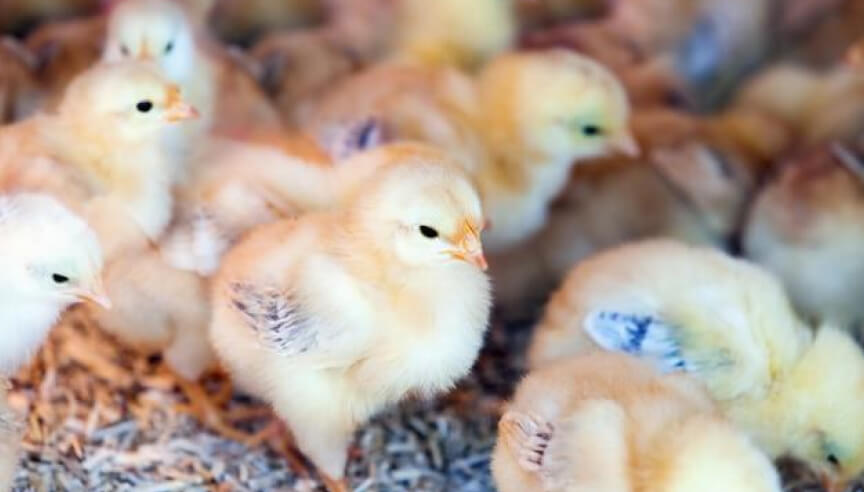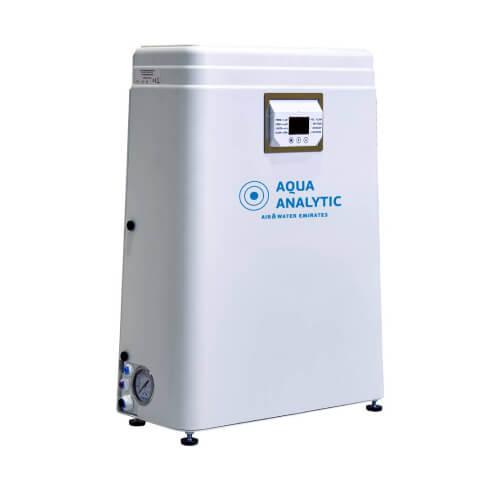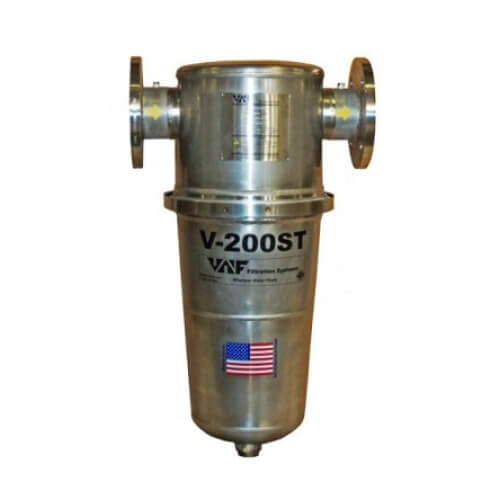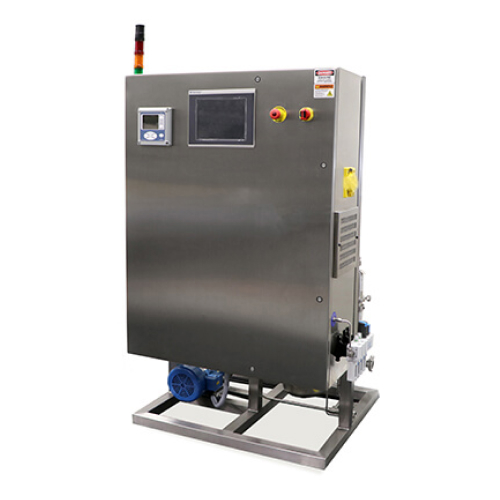Effective Water Disinfection in Poultry Farms

Effective Water Disinfection in Poultry Farms: Ensuring Health and Safety.
Water plays a crucial role in the poultry industry, being essential for hydration, feed production, and maintaining the overall health of the birds. However, ensuring that the water provided to poultry is clean and free from harmful pathogens is vital. Waterborne diseases can significantly impact bird health, leading to decreased productivity and economic losses for poultry farmers. Implementing robust water disinfection methods is, therefore, paramount in poultry farm management.
Importance of Water Disinfection
Water sources, such as wells, municipal supplies, or surface water, may contain various contaminants like bacteria, viruses, fungi, and parasites. These contaminants can compromise the health of poultry, making them susceptible to diseases like avian influenza, Newcastle disease, and salmonellosis.
Moreover, poultry, particularly chickens, have high water consumption rates, making them more vulnerable to any contaminants present in the water. Therefore, ensuring the water provided to poultry is disinfected is critical to maintaining their health and maximizing productivity.
Methods of Water Disinfection
- Chlorination: Chlorine is one of the most commonly used disinfectants in poultry farms. It effectively eliminates bacteria, viruses, and other microorganisms. However, excessive chlorine levels can be harmful to birds. Proper dosage and monitoring are crucial to ensure the water is safe for consumption.
- Ozonation: Ozone is a powerful oxidizing agent that efficiently destroys bacteria and viruses. It leaves no residue and decomposes into oxygen, making it an environmentally friendly option. However, ozone requires specialized equipment and expertise for safe application.
- UV Treatment: Ultraviolet (UV) light is an effective method to disinfect water by inactivating microorganisms. It doesn’t involve the use of chemicals and doesn’t alter the water’s taste or odor. UV treatment systems need regular maintenance to ensure optimal performance.
- Chlorine Dioxide: It’s a strong disinfectant that effectively kills bacteria, viruses, and fungi. Chlorine dioxide doesn’t form harmful byproducts like chlorination and is effective over a wide pH range. However, handling and application require proper safety measures.
Best Practices in Water Disinfection
- Regular Monitoring: Conducting routine water quality tests is crucial to ensure disinfection methods are working effectively and to detect any contamination promptly.
- Proper Maintenance: Regular maintenance of disinfection equipment is essential to prevent malfunctions that could compromise water quality.
- Dosage Control: Follow manufacturer guidelines or seek expert advice to determine the correct dosage of disinfectants. Overdosing can be harmful to poultry, while underdosing may not effectively eliminate pathogens.
- Hygiene Protocols: Implement strict hygiene protocols to prevent cross-contamination during water handling and distribution.
Conclusion
Water disinfection is a fundamental aspect of poultry farm management to safeguard the health and well-being of birds. Implementing appropriate disinfection methods and adhering to best practices not only ensures the health of the flock but also contributes to the overall productivity and profitability of poultry operations.
Poultry farmers must stay updated on advancements in disinfection technologies and regulations to continually improve their water treatment processes. By prioritizing water quality through effective disinfection methods, poultry farms can mitigate health risks and maintain a thriving, disease-free environment for their birds.






